The concept of a safe space bedroom goes beyond mere aesthetics; it encompasses creating an environment that promotes comfort, relaxation, and mental well-being. In today’s fast-paced world, having a sanctuary within your home can significantly contribute to your overall happiness and peace of mind.
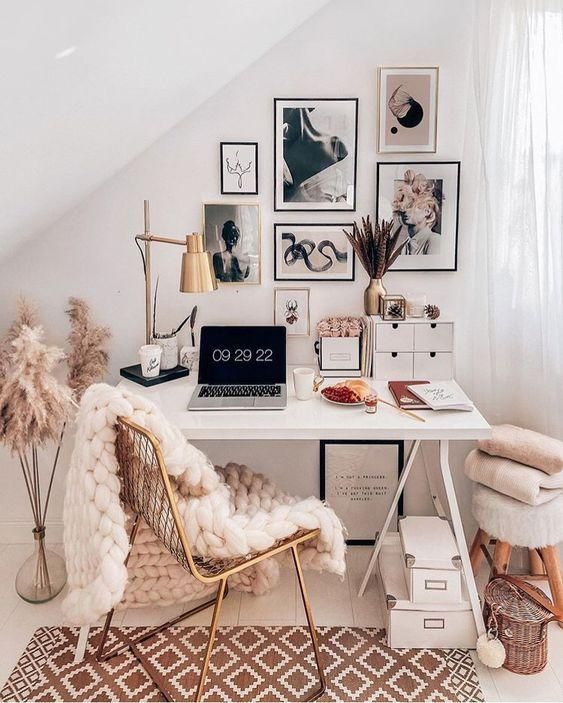
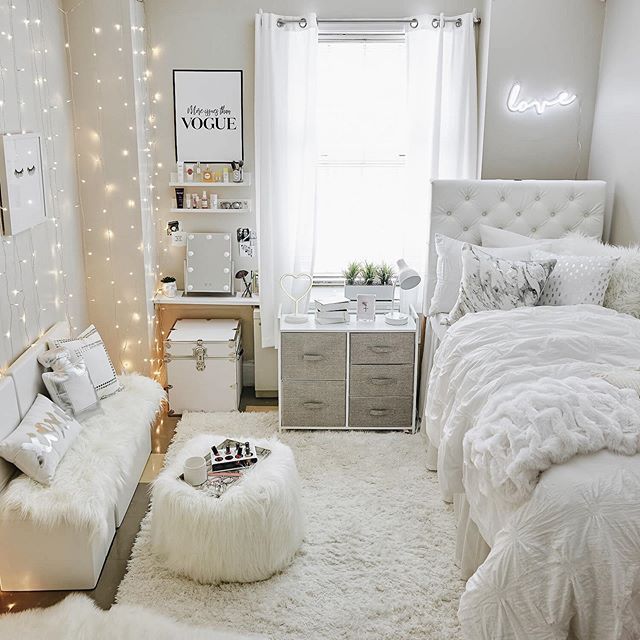
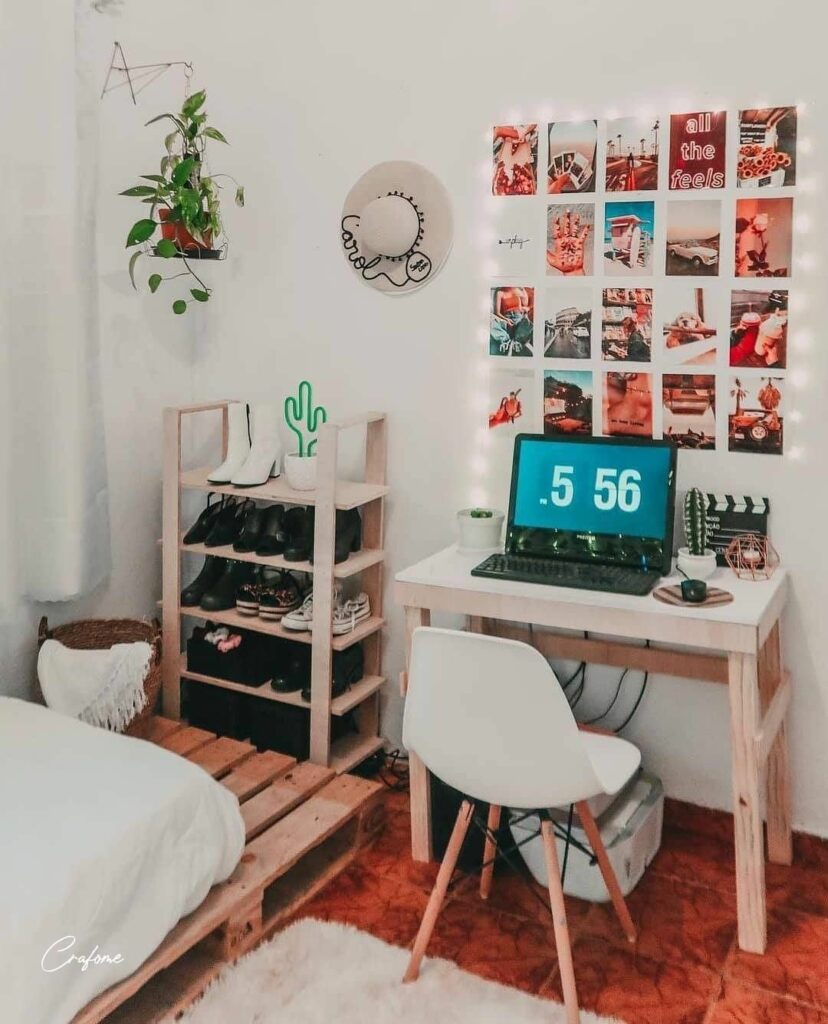
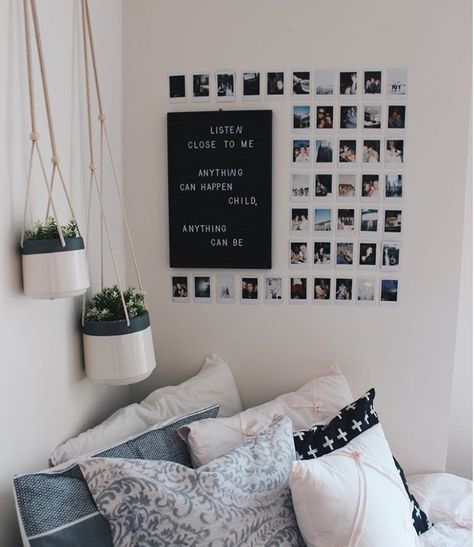
Design Elements for a Safe Space BedroomSoft Color Palette
Choosing a soft and calming color palette is the foundation of a safe space bedroom. Soft hues like pastels or neutral tones create a serene atmosphere conducive to relaxation.
Cozy and Comfortable Bedding
Investing in high-quality, comfortable bedding is essential. The bed is the focal point of the bedroom, and ensuring a cozy and inviting sleep environment is paramount.
Personalized Decor
Incorporate personal touches into the decor. Display items that hold sentimental value, whether it’s family photos, artwork, or cherished mementos.
Minimalistic Design
Embrace minimalism to reduce visual clutter. A clutter-free environment promotes a sense of calm and order, contributing to the overall feeling of safety.
Incorporating Safety MeasuresFurniture Arrangement for Safety
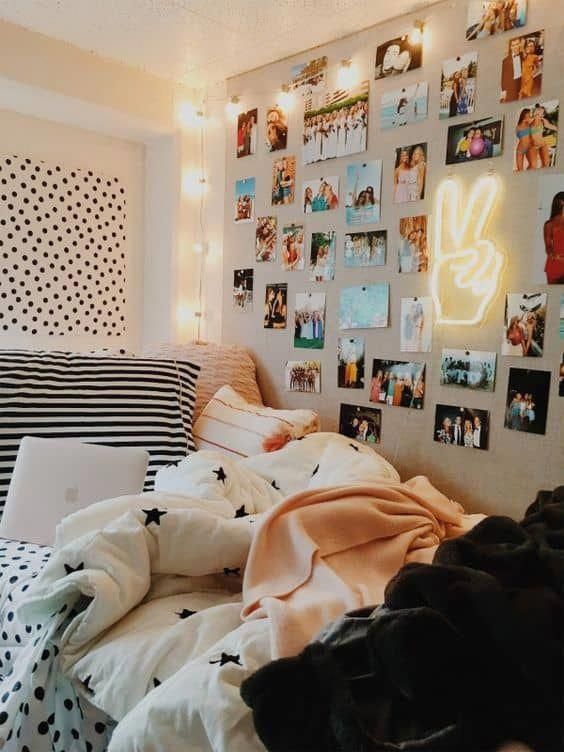

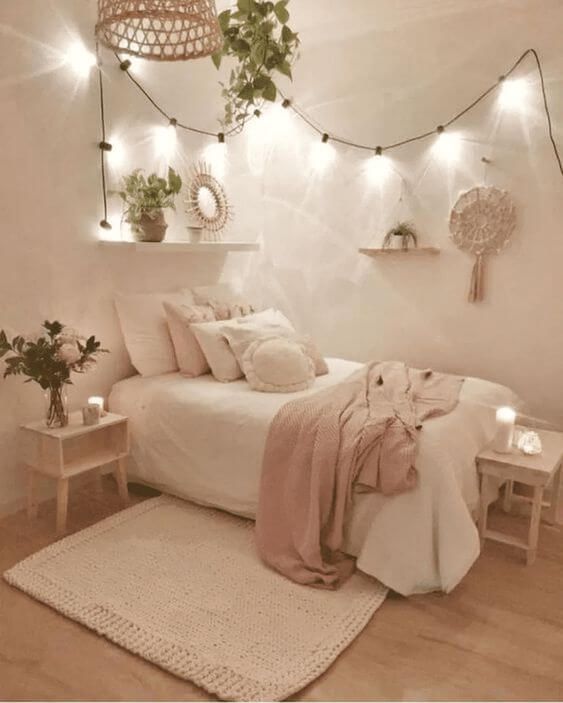

Consider the layout of furniture to ensure there are no tripping hazards. Create clear pathways and arrange furniture in a way that maximizes safety.
Childproofing Tips
For families with young children, implementing childproofing measures is crucial. This includes securing furniture to the wall, covering electrical outlets, and using safety gates.
Non-slip Rugs and Flooring
Opt for non-slip rugs and flooring materials. This simple adjustment reduces the risk of slips and falls, especially in areas prone to moisture.
Mindfulness and RelaxationImportance of Mental Well-being
Recognize the impact of the bedroom environment on mental health. A safe space bedroom promotes relaxation, reduces stress, and contributes to overall well-being.
Creating a Calming Atmosphere
Incorporate elements that create a calming atmosphere, such as soft lighting, soothing colors, and comfortable seating areas for relaxation.
Incorporating Natural Elements
Bring the outdoors inside by incorporating natural elements like plants. Plants not only add visual appeal but also contribute to better air quality.
Technology and its RoleBalancing Technology Use
While technology has its benefits, it’s important to strike a balance. Create tech-free zones in the bedroom to promote relaxation and better sleep.
Blue Light Considerations
Limit exposure to blue light, especially before bedtime. Consider using blue light filters on devices and avoid screens at least an hour before sleep.
Tech-Free Zones in the Bedroom
Designate areas in the bedroom where technology is not allowed. This helps create a separation between work or screen time and relaxation.
Multi-functional Furniture IdeasMaximizing Space
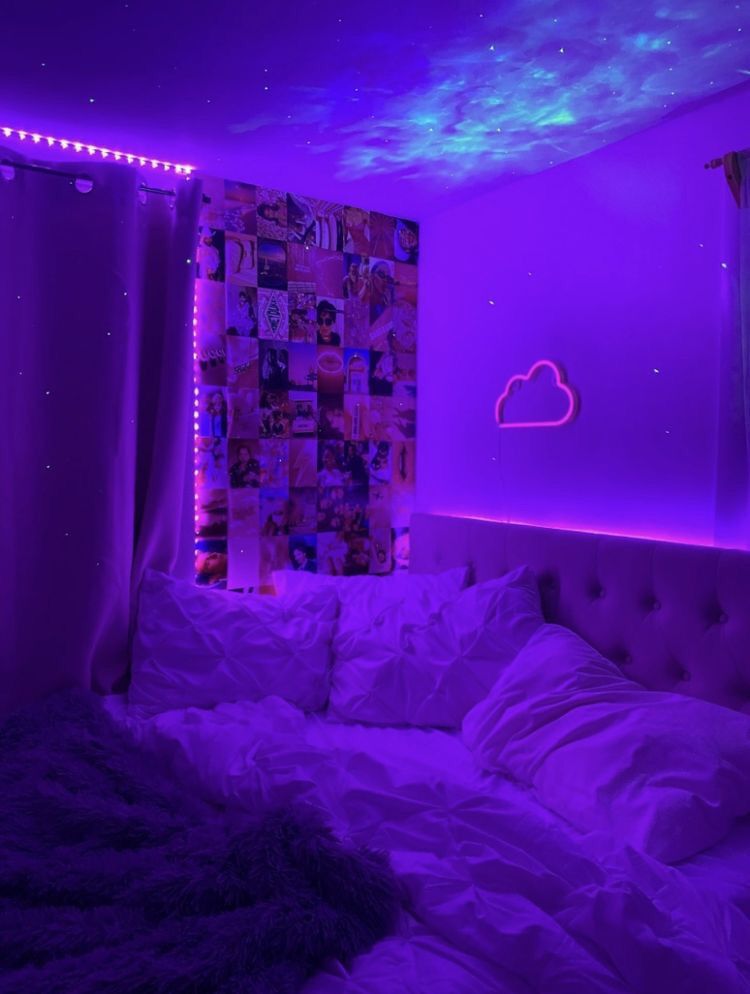
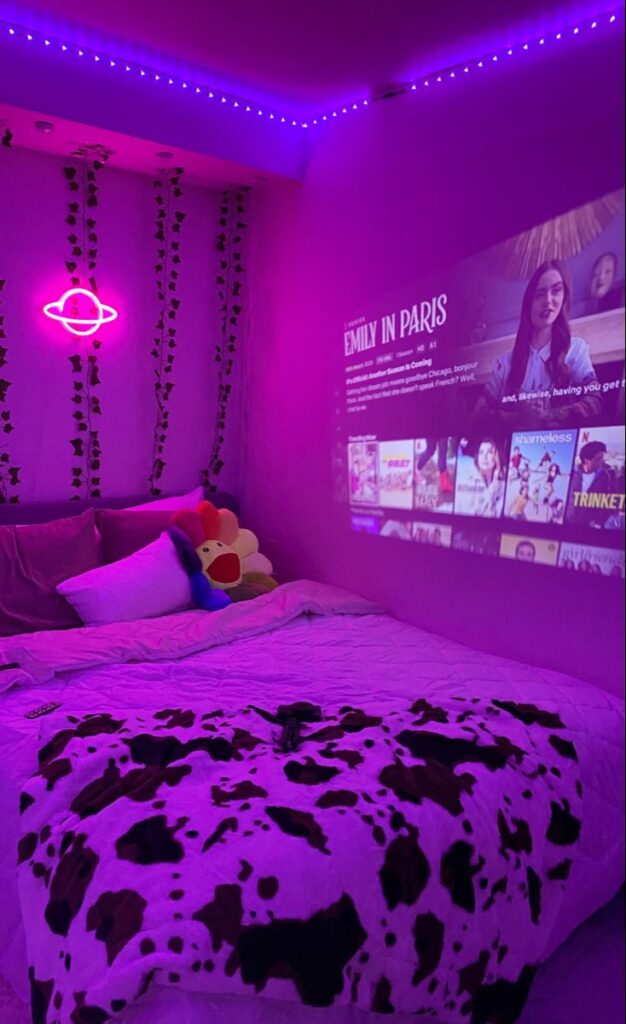
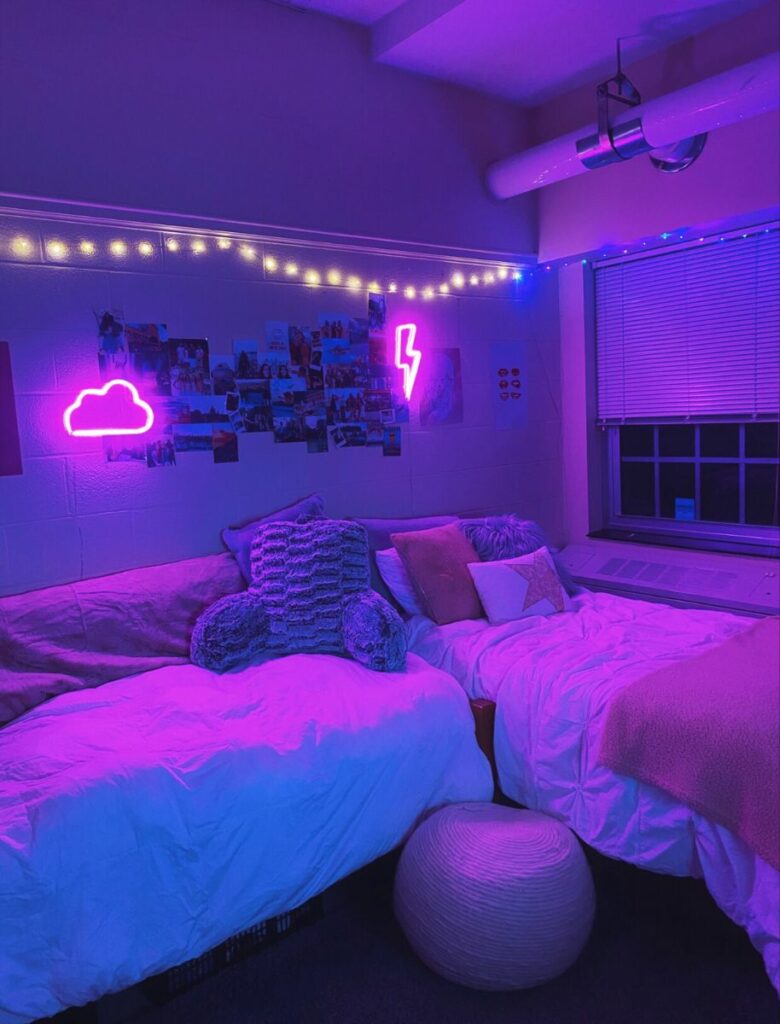
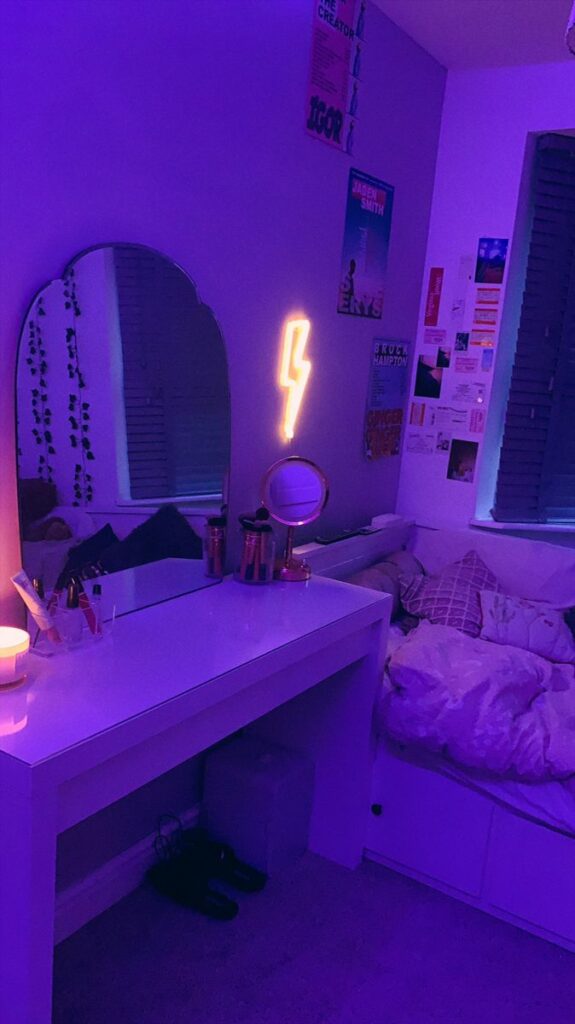
In smaller bedrooms, multi-functional furniture is a game-changer. Explore options like storage beds, fold-out desks, or wall-mounted shelves to maximize space.
Storage Solutions
Effective storage solutions contribute to a clutter-free environment. Utilize under-bed storage, closet organizers, and furniture with built-in storage compartments.
Versatile Furniture Options
Choose furniture that serves multiple purposes. For example, a comfortable chair that can also be used for reading or a desk that doubles as a vanity.
Personalization and ExpressionDisplaying Personal Items
Create a gallery of personal items that tell a story. Displaying items with sentimental value adds a personal touch to the space.
Customizing the Space to Individual Preferences
A safe space bedroom should reflect the individual’s preferences. Customize the decor, colors, and layout to suit personal tastes and needs.
Art and its Impact on Mood
Art has the power to evoke emotions. Choose artwork that brings joy and positivity, contributing to a happier and safer atmosphere.
Inclusive Design for All AgesDesigning for Children
For children’s bedrooms, prioritize safety with rounded furniture corners, secure heavy furniture, and use non-toxic materials. Create a space that grows with them.
Designing for Teenagers
Involve teenagers in the design process. Allow them to express their personality through decor choices while ensuring the space remains functional.
Universal Design Principles
Incorporate universal design principles to make the space accessible to all, regardless of age or physical abilities.
Creating a Safe Space on a BudgetAffordable Decor Ideas
Decorating a safe space bedroom doesn’t have to break the bank. Explore affordable decor ideas like DIY projects, thrift store finds, and budget-friendly accessories.
DIY Projects
Get creative with do-it-yourself projects. From crafting personalized wall art to repurposing furniture, DIY projects add a unique touch to the space.
Thrift Store Finds
Visit thrift stores for hidden gems. You might discover budget-friendly furniture and decor items that can be repurposed to suit your safe space bedroom.
Wellness Tips for Better SleepImportance of Quality Sleep
Quality sleep is essential for overall well-being.
Creating a Bedtime Routine
Establishing a consistent bedtime routine signals to your body that it’s time to wind down. This can include activities like reading a book, practicing mindfulness, or enjoying a warm bath.
Choosing the Right Mattress and Pillows
Investing in a comfortable mattress and pillows is crucial for a good night’s sleep. Consider individual preferences and any specific health considerations when selecting these essential sleep components.
Aromatherapy and Scents
Calming Scents for the Bedroom
Aromatherapy can positively impact mood and relaxation. Experiment with scents like lavender, chamomile, or eucalyptus using essential oils or diffusers.
Essential Oils and Diffusers
Explore different essential oils to find scents that resonate with you. Using diffusers disperses these scents evenly, creating a soothing ambiance in your safe space bedroom.
Impact of Aromatherapy on Mood
Understanding the psychological effects of scents allows you to curate an atmosphere that enhances relaxation, reduces stress, and promotes better sleep.
Plants in the Bedroom
Benefits of Indoor Plants
Indoor plants not only add a touch of nature to your bedroom but also have numerous benefits, such as improving air quality and reducing stress.
Low-Maintenance Plant Options
Choose low-maintenance plants that thrive in indoor environments. Succulents, snake plants, and pothos are excellent options for adding greenery to your safe space.
Feng Shui Principles
Incorporate Feng Shui principles into your bedroom design. Positioning plants and furniture to create positive energy flow enhances the overall harmony of the space.
Natural Lighting Solutions
Maximizing Natural Light
Open curtains during the day to maximize natural light exposure. Natural light has been linked to improved mood and energy levels.
Choosing the Right Window Treatments
Opt for window treatments that allow you to control the amount of light entering the room. This ensures flexibility in creating different atmospheres throughout the day.
Creating a Well-Lit and Airy Space
Well-lit spaces feel more inviting and spacious. A combination of natural and artificial lighting can create a balanced and comfortable environment.
Maintaining a Safe Space Over Time
Regular Cleaning and Organization
Consistent cleaning and organization are essential for maintaining a safe and comfortable bedroom. Declutter regularly to prevent the accumulation of unnecessary items.
Updating the Space as Needed
As your needs and preferences evolve, be open to updating your safe space bedroom. Whether it’s a change in decor or furniture arrangement, adapt the space to reflect your current lifestyle.
Adapting to Changing Needs and Preferences
Life changes, and so do our requirements. Be flexible in adapting your safe space to accommodate changes in family dynamics, lifestyle, or personal preferences.
Conclusion
In conclusion, creating a safe space bedroom involves a thoughtful combination of design elements, safety measures, and personalization. By focusing on comfort, relaxation, and well-being, you can transform your bedroom into a haven that nurtures both body and mind.
Remember, the journey to a safe space is a personal one, and there’s no one-size-fits-all approach. Tailor the ideas shared here to suit your individual preferences and needs, ensuring that your safe space truly reflects who you are.
Now, take the first step in building your safe space bedroom and enjoy the benefits it brings to your daily life.
FAQs – Your Questions Answered
- Q: How can I create a safe space bedroom for my children?
- A: Designing a safe space for children involves childproofing, selecting durable furniture, and incorporating playful elements that grow with them.
- Q: Are there budget-friendly ways to enhance my bedroom’s safety and aesthetics?
- A: Absolutely! Explore DIY projects, thrift store finds, and affordable decor ideas to create a safe and stylish space without breaking the bank.
- Q: Can plants really improve the atmosphere in my bedroom?
- A: Yes, indoor plants contribute to better air quality and add a natural touch. Choose low-maintenance options for easy care.
- Q: How important is natural lighting in a safe space bedroom?
- A: Natural lighting is crucial for creating a welcoming and energizing atmosphere. Maximize natural light during the day for a positive impact on mood.
- Q: What role does aromatherapy play in promoting better sleep?
- A: Aromatherapy using calming scents like lavender can help create a relaxing environment, contributing to improved sleep quality.